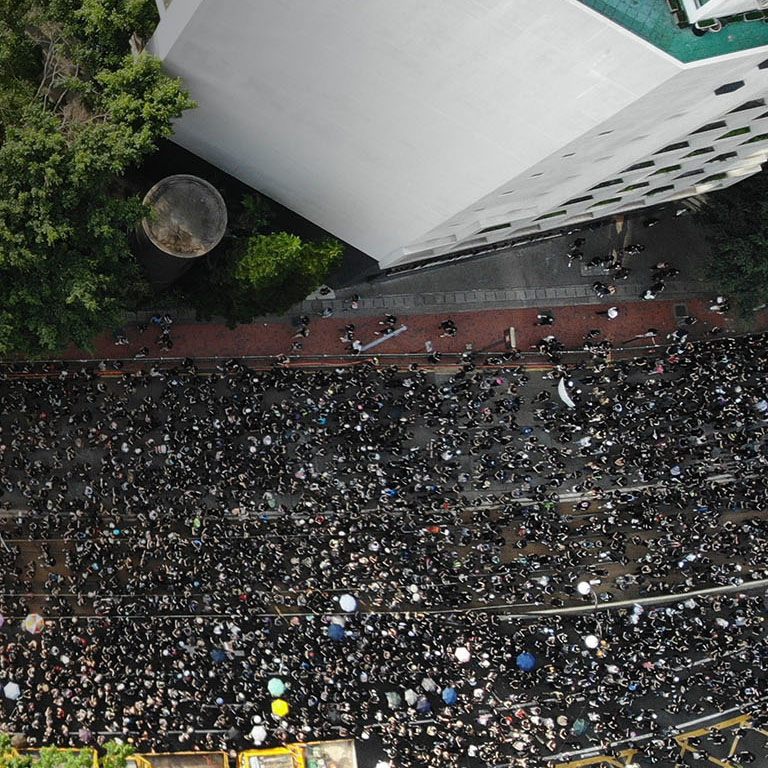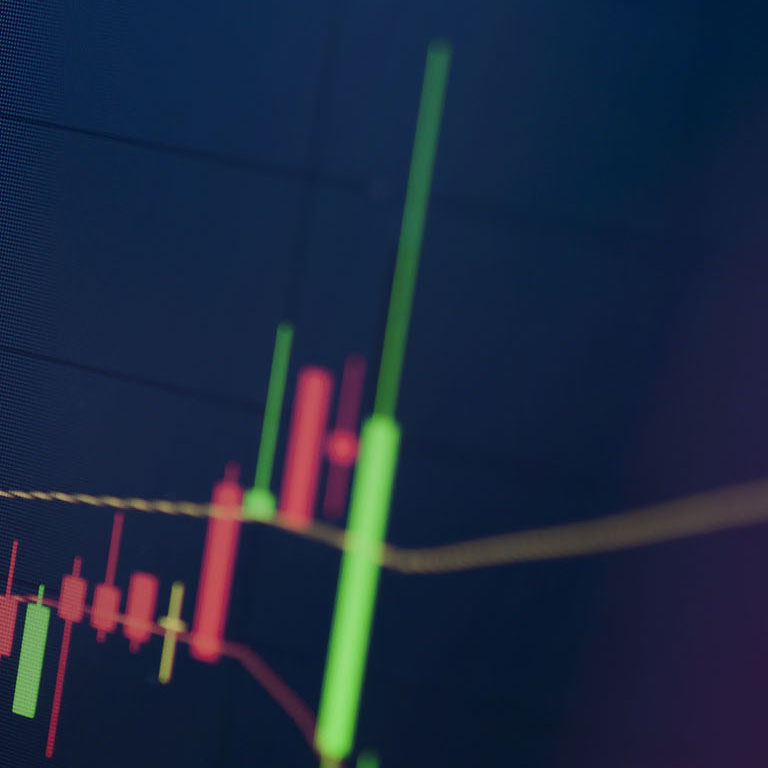- Argentina(Español)
- Österreich (Deutsch)
- Belgium(English)
- Belgique (Français)
- België(Nederlands)
- Brasil (Português)
- Canada(English)
- Canada (Français)
- Chile(Español)
- China(Chinese)
- Colombia(Español)
- Czechia(Czech)
- Denmark(Danish)
- República dominicana(Español)
- France (Français)
- Deutschland (Deutsch)
- Hungary(Hungarian)
- Italia(Italiano)
- 日本(日本語)
- Kazakhstan(Kazakh)
- Kazakhstan(Russian)
- Luxembourg(Français)
- Mexico(Español)
- Maroc(Français)
- Nederland(Nederlands)
- Panamá(Español)
- Perú(Español)
- Poland(Polish)
- Portugal (Português)
- Puerto Rico(Español)
- Romania(Romanian)
- Slovakia(Slovak)
- España (Español)
- Taiwan(Chinese)
- Tunisie(Français)
- Turkey(Turkish)
- Ukraine(Ukrainian)
- United States(English)
- Uruguay(Español)
- Venezuela(Español)
Political Risk Map 2021: Pandemic Recovery Complicates Risks
After heightening economic risk in 2020, the COVID-19 pandemic will remain a looming challenge as the global economy seeks to recover in 2021.
COVID-19 has widened the divide between rich and poor, setting some countries back decades in their efforts to reduce poverty. Food security, water access, and energy costs remain acute pressures that can lead to growing nationalism and civil unrest. Societal inequality, meanwhile, will factor in electoral platforms, especially in middle- and low-income countries.
Against this backdrop, many governments have implemented fiscal and monetary policies to fuel a recovery. Marsh Specialty’s Political Risk Map 2021 shows larger increases than ever in country economic risk across all regions, driven by increases in deficit spending, adding to sovereign and commercial credit risks in less developed economies. Key themes include:
- Growth inequality between rich and poor nations.
- A continuing increase in economic risks for all countries, with additional impact on sovereign credit risk, currency risk, and commercial risk.
- A rise in nationalism and its impact on strategic resources, including energy, food, technology, and water or other inputs to key national industries.
Our analysis projects a growing disparity between emerging economies and industrialized nations. Strains on public financing in emerging markets will result from increases in sovereign indebtedness and may create unfavorable conditions for domestic and foreign-owned businesses.
- Select risk index
- Strikes, Riots & Civil Commotion
-
- Strikes, Riots & Civil Commotion
- Terrorism
- War & Civil War
- Country Economic Risk
- Currency Inconvertibility & Transfer Risk
- Sovereign Credit Risk
- Expropriation
- Contractual Agreement Repudiation
- Legal & Regulatory Risk
- High risk
- 8.1-10.0
- 6.1-8.0
- 4.1-6.0
- 2.1-4.0
- < 2.1
- Low risk
- No Data
China’s early emergence from the pandemic combined with the unprecedentedly large stimulus measures by the EU and US are widely expected to generate a near-term economic boost. This effect should benefit certain countries, including oil exporters, but the impact may be transitory and only delay a reckoning with social inequalities, unsustainable debt, and the energy sector’s green transition.
Nationalism is on the rise as governments fight for strategic resources. Whether in the form of mineral resources, vaccines and other medicines, secure supply chains, advanced technologies, or trade routes, these resources are all vital to economic recovery and political competition in an increasingly multipolar world.
The pandemic response adds a new weapon to the political arsenal of competing powers: vaccine diplomacy. Nations seeking influence are offering access to the vaccines as a bargaining chip with allies and trading partners. While COVID-19 responses obscured long-simmering geopolitical tensions in 2020, older tensions are expected to resurface as the pandemic comes under control and governments relax lockdowns, removing restraints that prevented outright interstate conflict.
Our Political Risk Map 2021 is based on data from Marsh Specialty’s World Risk Review platform. The country risk platform provides risk ratings for 197 countries across nine indicators relating to security, trading, and investments. Ratings are updated monthly and range along a 0.1 to 10 scale, with 10 representing the highest risk, and 0.1 the lowest risk. This World Risk Review platform is accessible to Marsh Specialty clients; for information, please contact your Marsh Specialty representative.
The nine risks tracked in the World Risk Review platform are:
- Contractual agreement repudiation risk.
- Country economic risk.
- Currency inconvertibility and transfer risk.
- Expropriation risk.
- Legal and regulatory risk.
- Sovereign credit risk.
- Strikes, riots, and civil commotion risks.
- Terrorism risk.
- War and civil war risk.
Marsh Specialty’s Political Risk Map highlights the risk by region and profiles nine countries based on the risks outlined above. Although the pandemic has intensified the risk outlook, there are still opportunities for corporate entities, financiers, and investors. Insurance-backed political risk and credit solutions can help to secure trade and investment capital, unlock liquidity, and enable growth to fuel and sustain recovery.
A variety of tools exist to manage political and credit risk, from both public and private sources. In addition to government-backed export credit agencies and multilateral organizations, a robust private political risk insurance market has developed to help investors and businesses weather political and economic crises. Solutions to protect against nonpayment risks, improve supply chain resilience, and protect people and assets in various countries can involve public programs, private insurance, or a combination of both.
Introduction
The pandemic that heightened country economic risk for every nation in 2020 will continue to amplify political and economic challenges in 2021, as countries strive to recover amid a dramatically changing environment.
Country economic risk, like a pandemic, tends to be contagious and spread into sovereign credit risk, currency risk, and commercial risk. COVID-19 has widened the divide between rich and poor, setting some countries back decades in their efforts to reduce poverty. The World Bank estimates that globally an additional 88 million to 115 million people fell into extreme poverty in 2020, a number that could rise to 150 million in 2021.
Across multiple regions, food security, water access, and energy costs remain acute pressures that can lead to flashpoints of civil unrest. These pressures may also lead to a rise in nationalism and impact strategic resources. Government policies to address societal inequality will have a more prominent place in electoral platforms on both the left and the right, especially in middle- and low-income countries for decades to come.
Against this backdrop, many governments have quickly implemented fiscal and monetary policies to fuel a recovery. Marsh Specialty’s Political Risk Map 2021 shows larger increases than ever before in country economic risk across all regions, driven by increases in deficit spending, adding to sovereign and commercial credit risks in the less developed economies of the world.
Our analysis projects a growing disparity between emerging economies and industrialized nations, with the latter enjoying the benefits of high levels of government support and low borrowing costs (Figure 1). Strains on public financing in emerging markets will result from increases in sovereign indebtedness and may create unfavorable conditions for domestic and foreign-owned businesses.
China’s early emergence from the pandemic — and the unleashing of pent-up consumer demand globally — combined with the tail winds created by the passage of unprecedentedly large stimulus measures by the EU and the US are widely expected to generate a near-term, strong economic boost. While this effect should benefit certain nations (such as oil exporters), the impact may be transitory and will possibly only delay a reckoning with social inequalities, unsustainable debt fundamentals, and the green transition that is inexorably transforming the global energy landscape.
Nationalism is on the rise in both political and economic spheres as governments compete for strategic resources. Whether they come in the form of mineral resources, vaccines and other medicines, secure supply chains, advanced technologies, or trade routes, these resources are all vital to economic recovery and political competition in an increasingly multipolar world.
The global response to COVID-19 is a case in point, adding a new weapon to the political arsenal of competing powers in the form of vaccine diplomacy. As they vie to develop and distribute COVID-19 vaccines, nations seeking influence are offering access to the vaccines as a bargaining chip with allies and trading partners. While COVID-19 responses obscured long-simmering geopolitical tensions in 2020, older tensions are expected to resurface as the pandemic comes under control and governments relax lockdowns, removing restraints that prevented outright interstate conflict.
Regional overviews
Managing Political and Credit Risks
As the world recovers from the effects of COVID -19, we expect the issues of social inequality, country economic risk, and strategic resource nationalism to take center stage in influencing political decision-making. This year’s Political Risk Map highlights many of these areas of heightened risk, which the COVID-19 pandemic has intensified.
Still, many opportunities remain for corporate entities, financiers, and investors. Insurance-backed political risk and credit solutions can help to secure trade and investment capital, unlock liquidity, and enable growth that will fuel and sustain the recovery from COVID-19.
The potential benefits of political risk, credit insurance, and surety solutions include:
- Supply chain resilience. Trade credit coverage can strengthen global supply chains, helping key suppliers through improved payment terms.
- Optimization of working capital and improvement of key financial ratios. Trade credit insurance can support accounts receivable purchase programs, improving liquidity in difficult economic times.
- Collateral replacement for corporate clients. Commercial and bank surety can replace cash and/or letters of credit used as collateral, releasing capacity to fund growth.
- Bank portfolio risk distribution. Political risk and trade credit solutions can assist many international banks in managing their portfolio risks, and avoid concentrations of risk in certain classes and countries.
- Safety belts for investment. Political risk insurance can secure infrastructure and other direct investments in volatile emerging markets, while facilitating bank lending even when sovereign credit is downgraded.
- Facilitation of long-term capital raising. Political risk and credit insurance can serve as a bridge to future financing by enabling projects to go forward and their investors to realize their objectives. Establishing a track record of delivering value while mitigating risk can enable project owners to access additional capital for sustainable growth.
- Mitigation of contract repudiation. Political risk insurance can provide protection on contracts for the supply of goods or services for companies negotiating with government or private entities in emerging countries that are often exposed to a number of underlying political risks.
A variety of tools exist to manage political and credit risk, from both public and private sources. In addition to government-backed export credit agencies and multilateral organizations, a robust private political risk insurance market has developed to help investors and businesses weather political and economic crises. Solutions to protect against nonpayment risks, improve supply chain resilience, and protect people and assets in various countries can involve public programs, private insurance, or a combination of both.
Surety, political risk, and credit insurance products are widely available, with ample capacity, flexibility, and long-term coverage periods to meet risk management needs in many scenarios. Often, such protection is critical in enabling investment projects to proceed.
Political Risk and Credit Solutions: Tools for Sustainability
Forecasts state that roughly 143 million people are expected to be displaced as a result of climate change, triggering a refugee crisis which will continue to strain political institutions. A hallmark of political risk and credit insurance is its ability to help sustain investments and growth goals amid uncertainty. Looking at this topic more broadly, political risk and credit solutions provide significant support for sustainable development that enhances the current and future potential of projects to meet human needs.
From climate change, to food and water security, to environmentally sound energy, governments and businesses around the world are focusing on sustainability in their operations, investments, and business relationships. But there are risks in the transition toward sustainable development and resource utilization. Political risk and credit insurance itself is evolving from a method of risk distribution, to becoming a driver for sustainability.
Marsh Specialty is working with our insurance company partners and clients to drive real change, with sustainability-linked credit insurance (SLCI). Our aspiration is to ensure that clients that are engaged in sustainable activity are supported by similarly minded insurers in growing their business and securing capital, and thereby act as an accelerant to positive change.
Toward this goal, Marsh Specialty is working with insurers to establish a sustainable deal classification, reflecting clients’ environmental, social and governance (ESG) credentials, as well as an SLCI facility to provide positive and creative approaches to the risk challenges of sustainable development projects.




